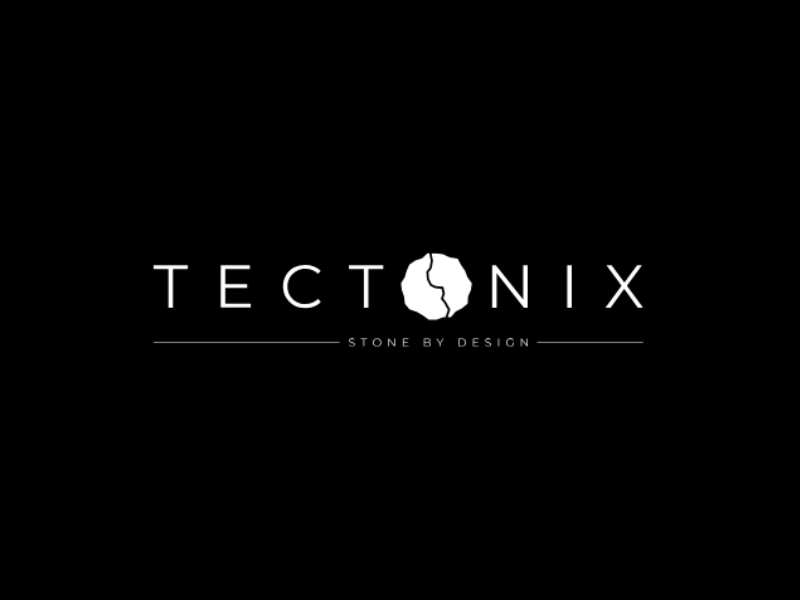Project showcase
British Academy of Film & Television Arts (BAFTA) Headquarters, Westminster, London – BAFTA and The Crown Estate with Benedetti Architects

BAFTA’s Piccadilly headquarters are important to London’s west-end and a jewel in The Crown Estate’s St James’s portfolio. This renewal makes BAFTA fully accessible physically and culturally, as a creative centre for the film, TV and games industries and a central hub for BAFTA’s UK-wide, and global, learning and new talent development programme.
Where is the project located?
195 Piccadilly, W1J 9LN, London, UK
Who is the developer/client of the project?
British Academy of Film & Television Arts (BAFTA)
Describe the social and environmental context of this project and its neighbourhood and people?
195 Piccadilly is the grade II Listed 1883 former Royal Institute of Painters in Water Colour (a medium then overlooked by the Royal Academy). Two triple-height roof-lit galleries were blocked for a raked cinema when BAFTA moved in 1976.In 2014 it’s contribution to BAFTA’s charitable remit required serious uplift. A new lease beyond its 100th anniversary in 2047, prompted BAFTA to review and invest, commissioning Benedetti to deliver a forward-thinking expansion and redesign.
One of the UK’s best known cultural institutions, the BAFTA awards in Film, Television and Games are respected world-wide. BAFTA’s Piccadilly headquarters are important to London’s west-end and a jewel in The Crown Estate’s St. James’s portfolio. We consulted widely achieving strong Heritage England/Westminster support and Planning/Listed building consents in 8 weeks.
Following industry-wide consultation on voting procedures and wider issues, BAFTA’s Review (published 2020) identified groups facing particular challenges in accessing the screen industries, including disabled practitioners, challenging the industries’ serious lack of opportunity/equality. The findings informed BAFTA’s expanded learning and new talent programmes specifically facilitated by our redesign, ensuring a diverse future across the motion pictures industries.
Fully accessible physically and culturally, as a creative centre for Film/TV/Games and the central hub for BAFTA’s UK-wide, and global, learning/new talent development programme. Our design gives BAFTA its first-ever dedicated learning space, as well as state-of-the-art technology partnerships and increased revenues to fulfil its ongoing charitable remit: investing in the next generation of talent, helping build a more inclusive and diverse industry, and increasing public engagement.
Describe the intervention you’ve made including its purpose and motivation, as well as its viability or business case.
The design enhances BAFTA’s international identity as the centre of excellence for motion picture arts in Film, Television and Games; integrating innovative state-of-the-art technology and cost-in-use efficiency while sensitively balancing members’ needs with greatly increased public access and revenue generation, ensuring and securing the charity’s long-term social, environmental, and financial sustainability.The 2,050m2 building was tired, unfit-for-purpose, expensive to run and maintain. Our design creates 2465m2 state-of-the-art spaces with greater flexibility, balancing members’ needs with the charity’s education and mentoring work, as well as raising income (BAFTA get no government subsidy). At the heart of the refurbishment is the Learning and New Talent floor, which is core to the charity’s mission, enabling them to support the inspiration and training of diverse young creatives in Film, Television and Games.
Our design significantly increases usable area and doubles the building’s capacity and number of WC’s, by adding a new floor that reveals the original rooflights long-considered lost, reconfiguring the entire infrastructure, improving fire safety, energy performance, acoustics, thermal comfort and useability. The unifying interior design enhances BAFTA’s unique character by revealing and celebrating the building’s historic assets.
Our inventive re-working of various combinations of spaces, volumes, views and sequential movement enables robust charitable and commercial adaptability as well as opportunities for theatrical ‘reveals’ and special events to secure the charity’s long-term social and financial sustainability.
Our design ensures this important cultural asset is fit-for-purpose and efficiently viable now and into the future, to serve every aspect of BAFTA’s wide-ranging charitable remit.
How does this project make use of an existing structure, place or building in a creative way? Is it innovative? How will this project continue to evolve or enable future flexibility and adaptation? Have you considered its resilience?
Our innovative approach boldly intervenes with Listed heritage where appropriate, while remaining a sensitive restoration supported by Historic England, Crown Estate and Westminster.The most striking revelatory aspect creates a new top floor that restores, raises, re-integrates two enormous 1883 Victorian rooflight structures and decorative plasterwork blocked-off when BAFTA created the Princess Anne Theatre and considered lost over 40 years until our ‘re-discovery’. The historic plasterwork/structure is raised 3m and enclosed with revolutionary EyriseTM s350 Licrivision liquid crystal ‘smart’ glass (its UK debut) that reacts to daylight, removing up to 80% harmful UV-rays, glare etc. while remaining clear.
Other innovations include designing with industry-leading technology specialists BAFTA have partnership agreements with, such as the Princess Anne Theatre (with the Dolby foundation’s ‘atmos’ sound/vision), a new 41-seat Cinema (with CinemaNext), the banqueting hall with 360o wall-mapping projection (with Christie), 4 kitchens, multi-purpose learning spaces, members’ areas, a new boardroom, judging/meeting rooms, staff welfare/offices, and two new roof-terraces.
Creative reuse is key. Within to the Victorian rooflights’ plasterwork we’ve re-integrated original cast-iron air-handling grilles, the boardroom reuses original 1883 oak flooring and salvaged historic marbles; and the 227 Princess Anne Theatre seats much-loved by members were refurbished.
Tailored re-use achieves long-life and resilient sustainable vitality. We helped develop BAFTA’s brief balancing members/new talent requirements with commercial necessity focused on flexibility, multiple concurrent uses and significant revenue expansion. Inventive combinations of areas, volumes, views and sequential movement allow theatrical ‘reveals’ of spaces for unique events particular to BAFTA’s essence, differentiating character and marketability.
What is the environmental and social impact of the project? Please share evidence or data to support your entry
BAFTA’s EPC Rating has improved from “G” to “B”, the heating/cooling system is “net-zero ready” and decarbonizes alongside the electrical grid. The project will save 63% in carbon (over 195 tonnes/year). The predicted annual CO2 emissions/m2 improvement of 42.4 kg/CO2/m2 compared to 154.53 kg/CO2/m2 before retrofit, and a percentage improvement in annual CO2 emissions/m2 over existing building of 64%.
We researched and gave Uk premiers to new highly sustainable and innovative materials such as Merck’s EyriseTM s350 Licrivision (described above) and Wearpure.Tech, a revolutionary new material that cleans the air by mineralizing primary greenhouse gases carbon dioxide/nitrogen oxides (CO2/NOx) and reducing volatile organic compounds (VOCs) equivalent to a young tree. Showcasing this 100% natural mineral compound for its 1st UK use, designed a new bar with a 3D-printed flowing organic form highlighting BAFTA’s commitment to sustainability & technological innovation in the Learning and New Talent floor, specifically aimed at inspiring diverse young creatives in Film, Games and Television.
Comprehensive spatial, social, structural and technological redesign dramatically increases BAFTA’s functional & financial efficiency to facilitate a massive enhancement of BAFTA’s new year-round learning and talent development programme, engaging over 10m learners online and equipping 80,000 people a year with the tools to develop a career in film, games and television via events, competitions and initiatives. Bespoke year-round support will be given to 4,000 talented individuals through initiatives to help talent realise their potential.
Amanda [Berry, BAFTA’s CEO]’s favourite saying is that talent is everywhere but opportunity isn’t.
Festival of Pineapples
24-26 February 2026
Pineapples prize giving night
April
Pineapples at Festival of Place
10 June 2026
© The Pineapples - Tweak Ltd. 124 City Road, London, EC1V 2NX. Tel: 020 3326 7238



